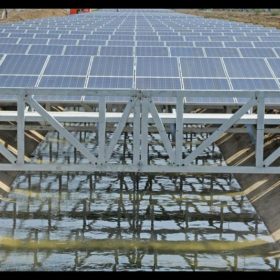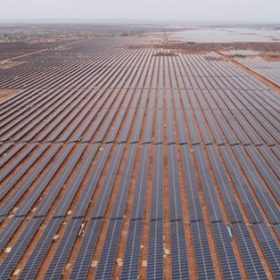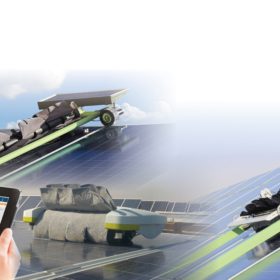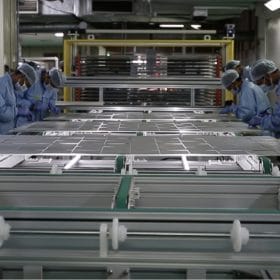Hero MotoCorp, BPCL partner for large-scale EV charging infrastructure
Hero MotoCorp has partnered with Bharat Petroleum Corporation Limited (BPCL) to develop the charging infrastructure for two-wheeled electric vehicles (EVs) at BPCL’s existing nationwide energy station network.
Ohmium to sponsor CSIR-CECRI research on advanced materials for electrolyzers
Ohmium has collaborated with India’s CSIR-Central Electrochemical Research Institute as it aims to make green hydrogen not only cost-effective but also scalable to meet the world’s demand. The sponsorship enables it to leverage CSIR-Central Electrochemical Research Institute’s deep expertise and resources for further development of electrolyzer technology.
NTPC exploring canal-top, floating solar potential at thermal power station in Uttar Pradesh
NTPC has invited bids to carry out the feasibility study for canal-top, elevated-module mounting structure and floating solar at its Tanda thermal power station in the Ambedkar Nagar district.
Philippines’ largest battery comes online at 120MW solar park
The 40MW/60MWh Alaminos Energy Storage system is now connected to the 120MW Alaminos solar park. Both facilities were built by renewable energy developer AC Energy.
Azure Power refinances its 600MW Rajasthan solar project at the lowest rate of interest in its portfolio to date
The Indian developer has refinanced its existing term loan of INR 23.50 billion (US$ 313 million) for the 600MW solar project at an interest rate of 7.2% per annum, fixed for 42 months.
IFC to support development of a 600MW solar park in Uttar Pradesh
The solar project-ready site will be developed by state-run hydropower company THDC in a joint venture with the Uttar Pradesh New & Renewable Energy Development Agency. The International Finance Corporation will lend its expertise to attract private investment for the public-private partnership.
Bangladesh Army signs 1GW solar deal for training base
American power company Eleris Energy has agreed to construct five 200MW solar plants on the Swarna Dweep island administered by the army and used for training exercises, with the capacity due online within five years.
Ecoppia’s full robotic cleaning suite lands job at Azure Power’s 400MW solar site
The Israeli robotic cleaning specialist will deploy its E4, T4 as well as the latest H4 products for the Indian developer’s 400 MW solar project that combines fixed-tilt and single-axis trackers.
IIFL Home Finance signs $68 million loan agreement with ADB
The funding is aimed to boost women’s access to affordable green housing in India. It includes up to $58 million direct loan by the Asian Development Bank and a $10 million concessional loan by the Canadian Climate Fund for the Private Sector in Asia.
ICRA expects strong demand outlook for domestic solar manufacturers
As domestic solar manufacturers relying on imported cells remain exposed to price fluctuations, timely commissioning and ramp-up of on-going capex in module manufacturing value chain remains critical in the near to medium term.















